What is Finance Process Transformation?
Finance transformation is one of the most common classes of digital transformation. The reason for this is pretty straightforward.
Your finance team is made up of skilled professionals. However, arguably more than any other department, they’re also massively overburdened with repetitive, menial, and largely avoidable administrative tasks.
This - plus the need for a high degree of speed and accuracy - makes financial processes the ideal candidate for digital transformation.
But of course, these things are always easier said than done.
Today, we’re covering everything you need to know.
We’ll start with the core theory behind financial process transformation - including what it is, when it’s used, how it looks, and who benefits.
Then, we’ll move on to the truly actionable stuff. Specifically, we’ll explore some exemplary cases, the technology we can leverage to drive financial transformation, and how you can pull all of this together into your own bespoke strategy.
First, though, let’s start with the absolute basics.
What is finance transformation?
Broadly speaking, finance transformation means using digital technology to improve your financial processes. This can take a whole bunch of forms, as we’ll see a little later - from simple optimizations to totally fundamental changes in your internal processes.
The specific character of your transformations will depend on your existing business processes, your technical resources, your goals and requirements, the size of your organization, your operating model, and much, much more.
For example, we might set out to fully automate our financial processes. Or, we might simply try and make existing user interactions more efficient.
Pretty much across the board though, the impetus is the need to do more with less.
In today’s business environment, any and all inefficiencies can quickly undermine your competitiveness. This applies to finance organizations - as well as finance and accounting teams in other businesses.
We can apply finance transformations to a huge range of different activities, including:
- Data management.
- Accounts payable.
- Accounts receivable.
- Auditing.
- Approvals.
- Forecasting.
- Analytics.
- Resource allocation.
- Investment management.
- And more.
Before we start thinking about how some of these might look in practice, let’s take a step back to consider why this matters.
Why digitalize financial processes?
As we said earlier, finance transformation is all about using technology to improve our financial processes. But what exactly do we mean by improve here?
We can actually think about this at a few different levels.
Like any kind of transformation or process improvement, we can’t escape your bottom line. Finance transformation is no exception. Our overarching objective will almost inevitably be to reduce the cost of performing different finance functions.
This means either eliminating the need for manual interactions or otherwise minimizing the labor required to complete them.
However, this isn’t the only lens we can apply to our financial processes.
In fact, we can also leverage digitalization to improve our financial processes across their:
- Accuracy.
- Auditability.
- Oversight.
- Incident rates.
- Compliance.
- Time to completion.
- Consistency.
- Insightfulness.
- Continuity.
- And more.
For example, by replacing human decision-making with automation, we can greatly reduce the scope for employees making errors or misinterpreting business rules.
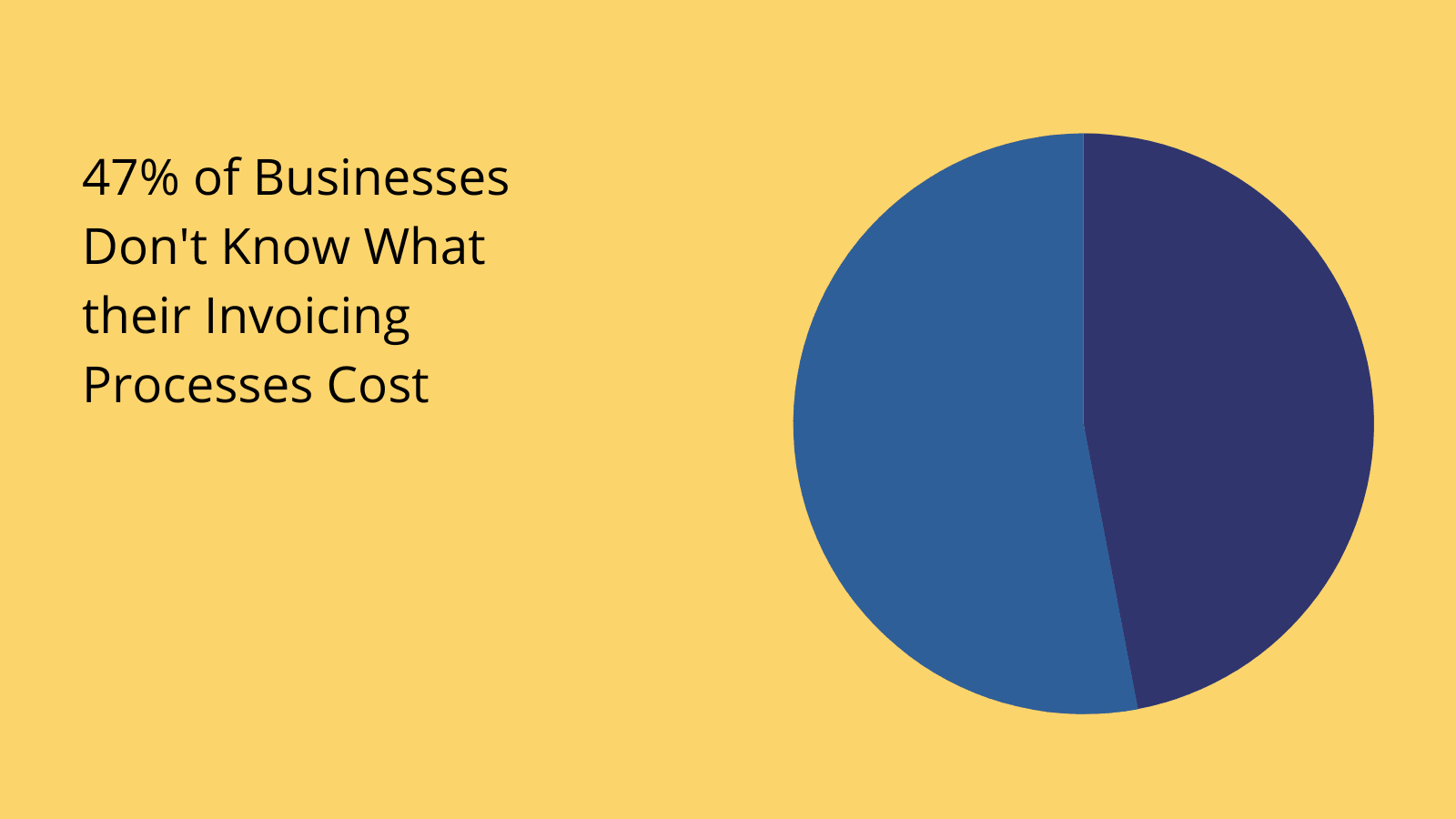
4 types of finance transformation
We also need to recognize the fact that finance transformation isn’t a unitary thing. Rather, each project and intervention will have its own unique goals, strategy, and character.
However, that’s not to say that they’ll have nothing in common.
Instead, it’s helpful to think about how we can cluster different finance transformation efforts together.
Here are the four primary, interconnected categories of transformation that we can leverage for our financial processes.
1. Financial data management
Transformation always starts with data. What data we store, how we store it, and how it’s accessed are fundamental to the effectiveness of any internal process.
For most finance teams, data is synonymous with one thing. Spreadsheets.
Indeed, Excel and Google Sheets are undoubtedly the norm when it comes to how financial data is stored, accessed, and managed.
To be fair, there are good reasons for this. Spreadsheets offer an incredibly convenient, intuitive way for users to handle financial data. Most technically literate people know how to use Excel.
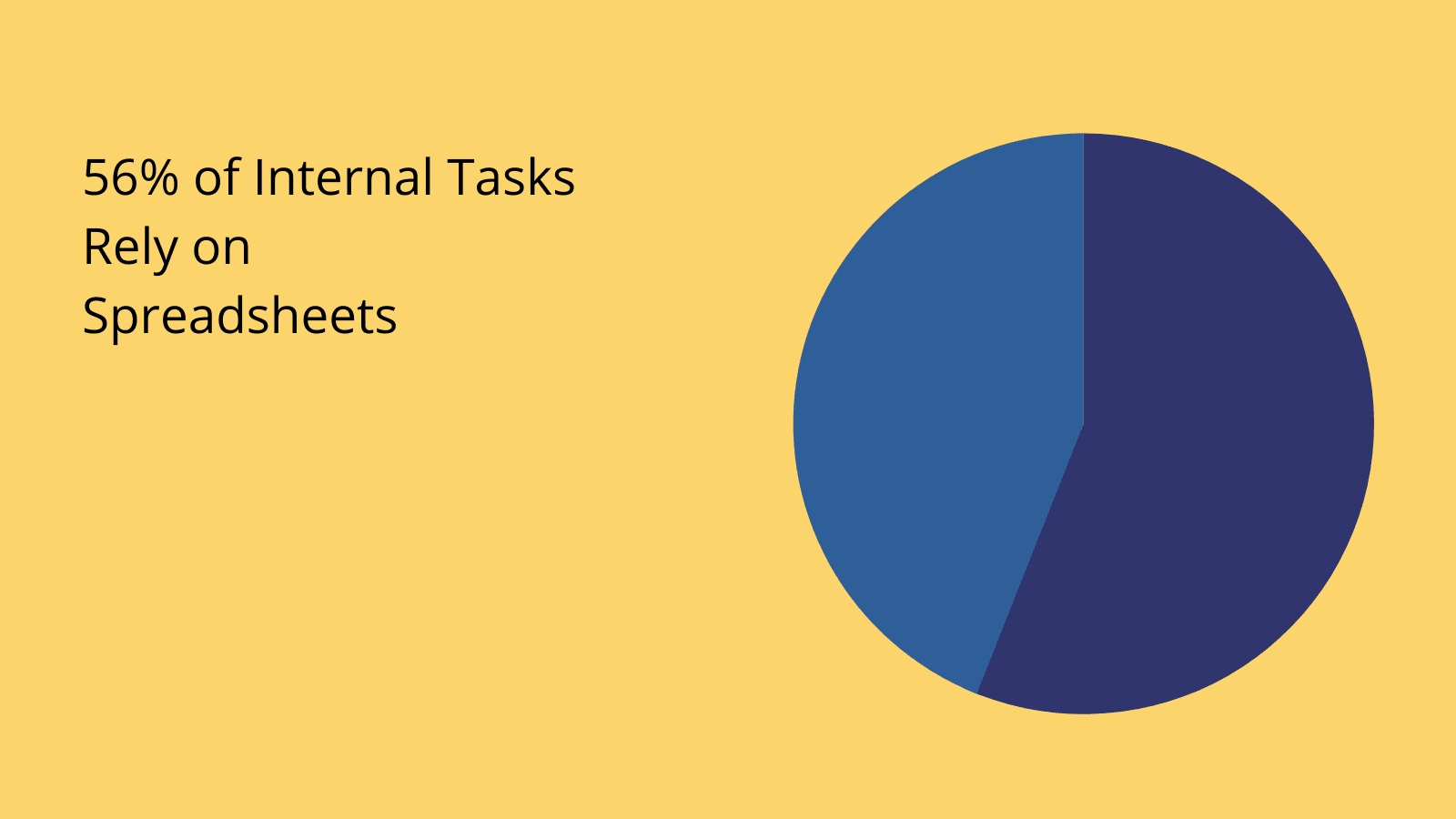
(McKinsey )
However, at a certain point, we’ll need to look to more sophisticated solutions.
The reality is that spreadsheets are also synonymous with lost data, human errors, and unnecessary delays.
Finance transformation offers a more scalable, secure, and reliable approach to data management - typically through centralization, cloud-based warehousing, automated data pipelines, or other technologies. Check out our guide to digital enablement .
These techniques might equally be employed as transformation efforts in and of themselves, or as an initial step towards the other kinds of finance transformation we’ll look at in a few seconds.
For now, the important thing to recognize is that transformations around data aim to improve your operations by boosting efficiency, repeatability, and consistency within your data management processes.
2. Interface design and internal tools
UI design also has a huge role to play in transforming our financial processes. To understand why, we can point to two key pain points with traditional, spreadsheet-dependent finance teams.
One is that spreadsheets leave a lot to be desired in terms of speed and efficiency. The other is that they create excessive scope for users to take the wrong action or input incorrect values as well as an outsized risk of data loss, corruption, or breaches.
Internal tools provide a clear solution here. The idea is that - by providing dedicated solutions for specific finance tasks - we’re in a much stronger position to control how users can interact with our information, documents, and other resources.
In this way, we can simultaneously boost accuracy, speed, and accountability within our finance processes.
Since internal tools limit users to a defined set of actions, it’s much easier to know who did what and when - meaning that we can easily prevent unauthorized actions as well as putting things right more quickly if something does go wrong.
For example, say we had a dedicated internal tool that our team used to manage expense approvals. We might leverage conditional logic within our UI design so that certain actions are only available if different business rules are satisfied.
Say, in order to enforce different document flows depending on the value of the expenses claim at hand.
We’ll take a look at how Budibase makes building internal tools a breeze a little bit later.
3. Financial process automation
Of course, we can’t talk about financial process transformation without also touching on the idea of process automation. Naturally enough, this is where some of the greatest efficiency dividends can be achieved.
As we alluded to earlier, this is where we can eliminate the need for certain manual interactions within our financial processes.
However, it’s important to note that automation can take a huge number of different forms.
Indeed, there’s a whole spectrum of automation solutions - across their level of sophistication, target use cases, and the technology underpinning them.
For example, consider the gap between simple RPA solutions for single functions and complex, multi-functional machine learning-based automations.
The vast majority of financial process automation sits somewhere between these two extremes, however.
You see, finance tasks are typically good candidates for automation because they rely on fixed and relatively easy-to-compute rules - with a comparatively small role for human discretion.
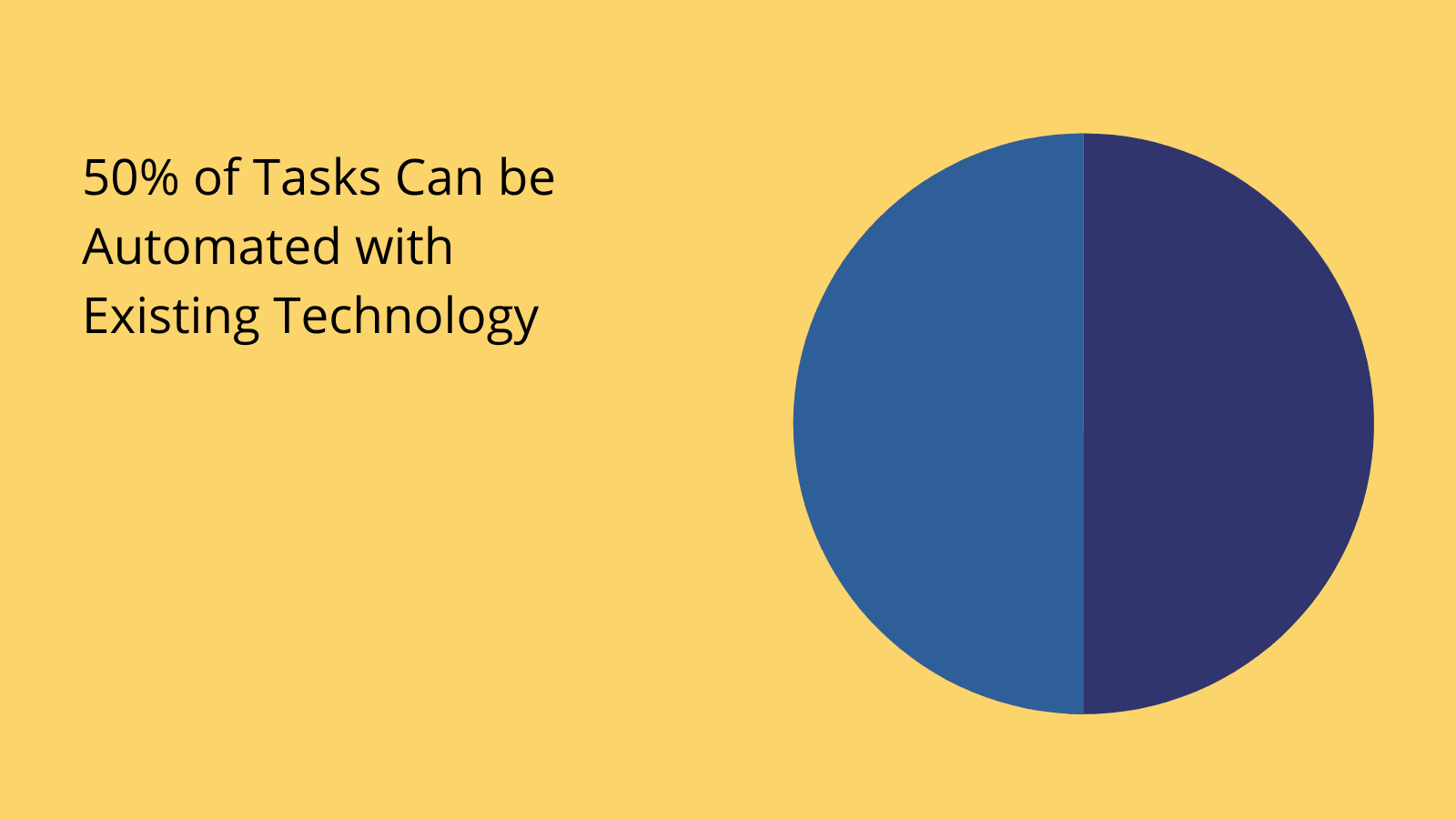
(McKinsey )
Therefore, we’re able to achieve a lot with simple trigger/action pairs. This means that if a defined condition is met - like a user action occurring or a new database entry satisfying some rule - then a corresponding automation flow is triggered.
This could be as simple as notifying your finance team that they have a new invoice to review, or as complex as reviewing it for them based on the contained values.
We’ll see how Budibase can be leveraged here a little bit later.
4. Platform integration
Finally, we have finance transformations that largely surround integration between different software platforms. This is potentially a very cheap, easy way to achieve incredible results, so it’s worth understanding how integrations work.
The thing is, companies are more reliant on COTS solutions than ever before.
In the context of financial processes, there’s a strong chance that you rely on a variety of tools for specific functions like invoice creation, auditing, expense submissions, forecasting, budget management, and a whole lot more.
Or, you might manage the majority of these functions with a single platform and use additional tools around the edges of this.
What’s important, however, is that our various software solutions work effectively together.
This becomes even more important when we need to draw on tools outside of our finance stack, like our ecommerce platform, ERP tools, or CRM, for instance.
Low levels of integration across relevant platforms can lead to excessive manual admin, scope for human error, delays, and inconsistencies in your data. All of these are naturally unacceptable to finance teams.
Effective integration helps us to pass data between platforms - normally with a view to using internal data from one tool in another, or for handling information in cross-platform automation flows.
At a technical level, we can approach this in a few different ways:
- Webhooks.
- API requests.
- Dedicated integration platforms.
However, you’re constrained here on two fronts - by your requirements in terms of what you’re hoping to achieve and by what the platforms that you’re already using can support.
Again, we’ll see how Budibase handles integrations toward the end of our discussion today.
Example use cases
We’ve covered a decent amount of theory so far. In order to solidify this, it’s important to turn our attention to thinking through some real-world scenarios.
Of course, we can’t exhaustively cover every possible use case for finance transformation.
Instead, we’ll take a couple of basic scenarios and flesh them out to see how we can use digitalization to alleviate common pain points within your finance department.
Let’s dive in.
Managing authorizations and financial approvals
First up, let’s think about an instance of finance transformation that will be familiar to most readers. That is, handling approvals within financial processes.
Finance teams are filled with approval rules for all sorts of tasks - including around expenses, client management, project kick-offs, procurement, salaries, recurring costs, and anything else where we need controls relating to how our team spends money.
Broadly speaking, there are three kinds of transformations that we can apply to approvals:
- Altering the process itself to make it more efficient.
- Making it easier for users to provide and review information quickly.
- Automating approval decisions based on existing business logic.
In most cases, we’ll draw on a combination of these approaches. We should always start by ensuring that our processes themselves are rational - before setting out to digitalize them.
With this out of the way, we can decide which of the governing rules can be automated and which will still require human judgment.
So, numerical rules are relatively easy to compute - since the data is typically readily available and there’s no room for ambiguity. An example of this would be using a threshold-based rule within your expense approval workflows.
Certain kinds of qualitative rules can also be automated quite easily - for instance, if you have a trusted vendors policy.
Then, there are decisions that involve a larger degree of human judgment or discretion.
For example, you might need to assess the justification for an expense claim as part of an approval process. Naturally, this would be much more difficult to compute.
Therefore, our focus would shift toward the quality of the information gathered during requests and how this is presented to decision-makers.
There are myriad different ways that we can optimize our user experiences to this end. We can also still leverage automation to create a more streamlined flow of information. For instance, by notifying users that new cases need their attention.
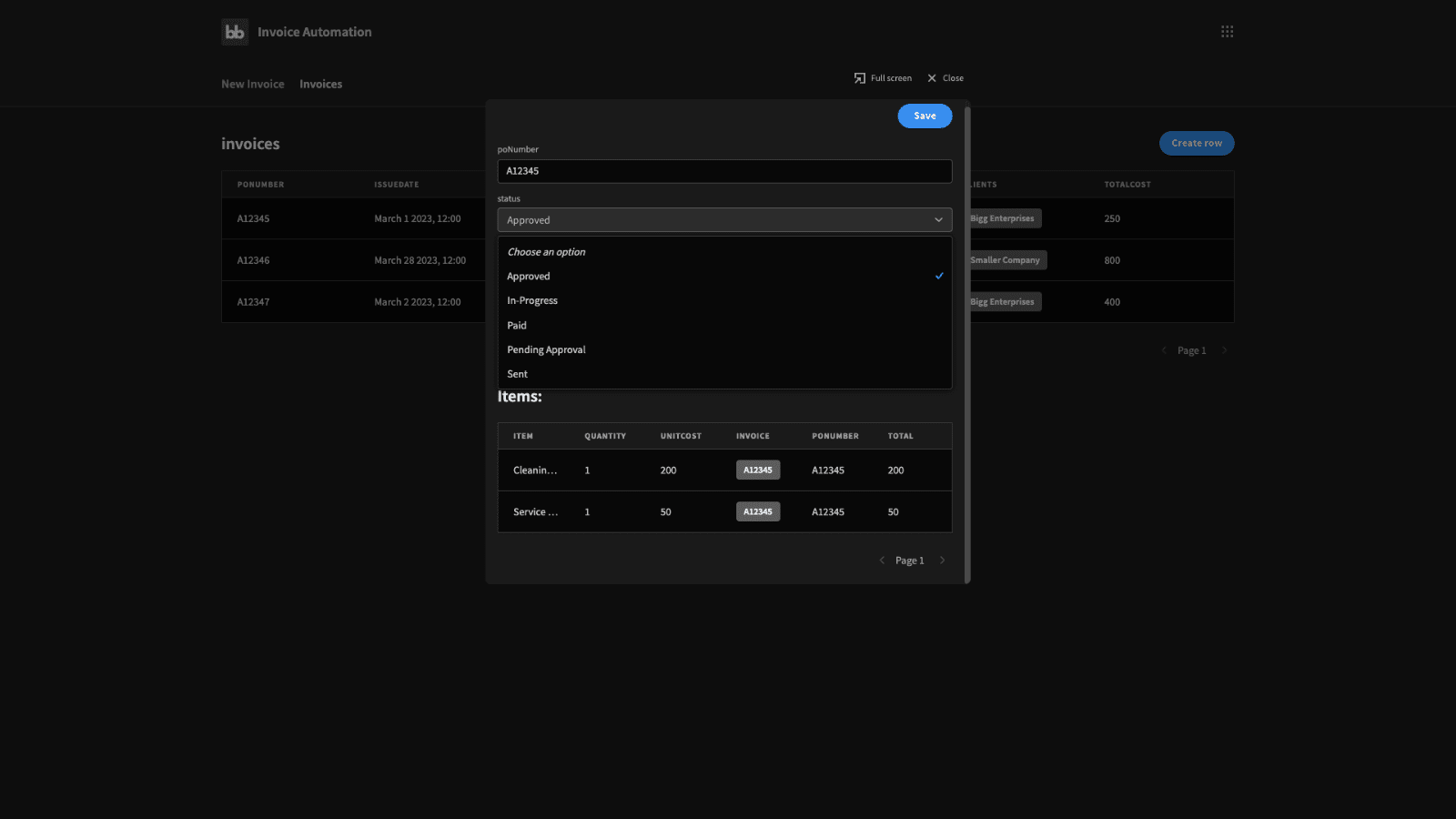
Financial reporting, monitoring, and planning
Next, let’s turn our attention to how we can leverage finance transformation for a more analytical use case.
It’s easy to forget that our finance team don’t just busy themselves with administrative work. Rather, they also play a key strategic role.
The crux of this is that your finance team has an outsized part to play in determining the best uses for your internal resources. However, to do this effectively, we need to present the right people with the right data.
High-level decision-makers don’t have time to sit around pouring over data to try and find insights. One simple solution to this problem is creating real-time, dynamic dashboards for relevant metrics.
So, we might want to furnish relevant stakeholders and business partners with a tool that lets them check out spending across departments within defined timeframes.
There are a couple of key components to a solution like this.
First of all, we need to identify all of the data we’ll need. If you’re lucky, this could already be relatively centralized within your ERP platform. Otherwise, you might need to collate relevant information from disparate sources - even within individual departments.
In this case, we’ll need to first decide which data we need and plan around the transformations we’ll need to get this into a usable, consistent format - plus the matter of transferring this data to where we need it for our dashboard tool.
This might take in a combination of API requests and cross-platform automations.
On the UI side of things, our key concern is ensuring that decision-makers are able to access the insights they need, as quickly as possible. We’ll also want to provide functionality for user-defined filtering around specific date ranges and departments.
Finally, we’ll need to consider access and permissions.
Of course, this factors into any application build. However, since financial data is often mission-critical, and sensitive, this is a particularly important consideration. What’s important is that any new solutions we ship replicate our existing policies.
So, we want our dashboard’s users to be exposed to data that matches the permissions associated with their role within the organization.
We’ll see how Budibase handles access control a little bit later.
How to create a successful finance transformation strategy
Before we get to that though, let’s think about how you can determine the right finance transformation solution for your specific requirements, resources, and existing processes.
As with any sort of transformation project, it’s important that we approach this in the right order.
The first thing we need to do is set out what we want to achieve. More accurately, we need to define specific, measurable goals for our finance transformation - whether this be in terms of costs, time-savings, incident rates, accuracy, or some other variable.
Then, we can begin to figure out how we’ll achieve this - by analyzing our current finance processes to determine where we can make improvements most effectively.
Essentially, we want to match our goal with the aspect of our processes that accounts for the biggest shortcoming.
So, an example might be - if our accounts payable team spends hours searching for the right information for each individual invoice, this is probably why processing them costs so much. This is the underlying business problem that we need to solve.
And our next step is figuring out how to solve it.
Often, we’ll have a number of paths open to us. So, we need a better understanding of why it takes so long for our team to find the information they need. We want to decide if the problem is the data model itself, the tools they use to access it, or the information that’s provided.
Only then can we think about potential solutions. For instance, by providing our team with a more effective way to search for records - like a simple CRUD tool with user-defined dynamic filtering.
Finance transformation tools
With that in mind, let’s think about the different tools that we can turn to in order to ship finance transformation solutions. As we alluded to earlier, there’s a wide range of different tool classes that might come into play here, so it’s important to have a good grasp on the market.
One obvious cluster is traditional financial tools - like Quickbooks or Xero. Nowadays, like basically any other business software, accounting systems are typically shipped on a SaaS model.
And - we can generally expect some functionality around custom automations, third-party integrations, and cloud-based data storage. So, we can often get pretty far with these kinds of tools - especially in smaller teams.
The situation is pretty similar with non-finance-specific business tools, like your CRM, ERP, or office platforms - including your spreadsheets.
Where things get interesting is when we need to go custom - or otherwise add functionality around the edges of our COTS platforms.
Nowadays, there are a few key solution classes that are widely utilized here. Specifically, workflow automation tools, integration platforms, and low-code development are all at the center of how modern businesses implement finance transformation.
Take a look at our ultimate guide to IT transformation to learn more about how teams can leverage these kinds of platforms across your organization.
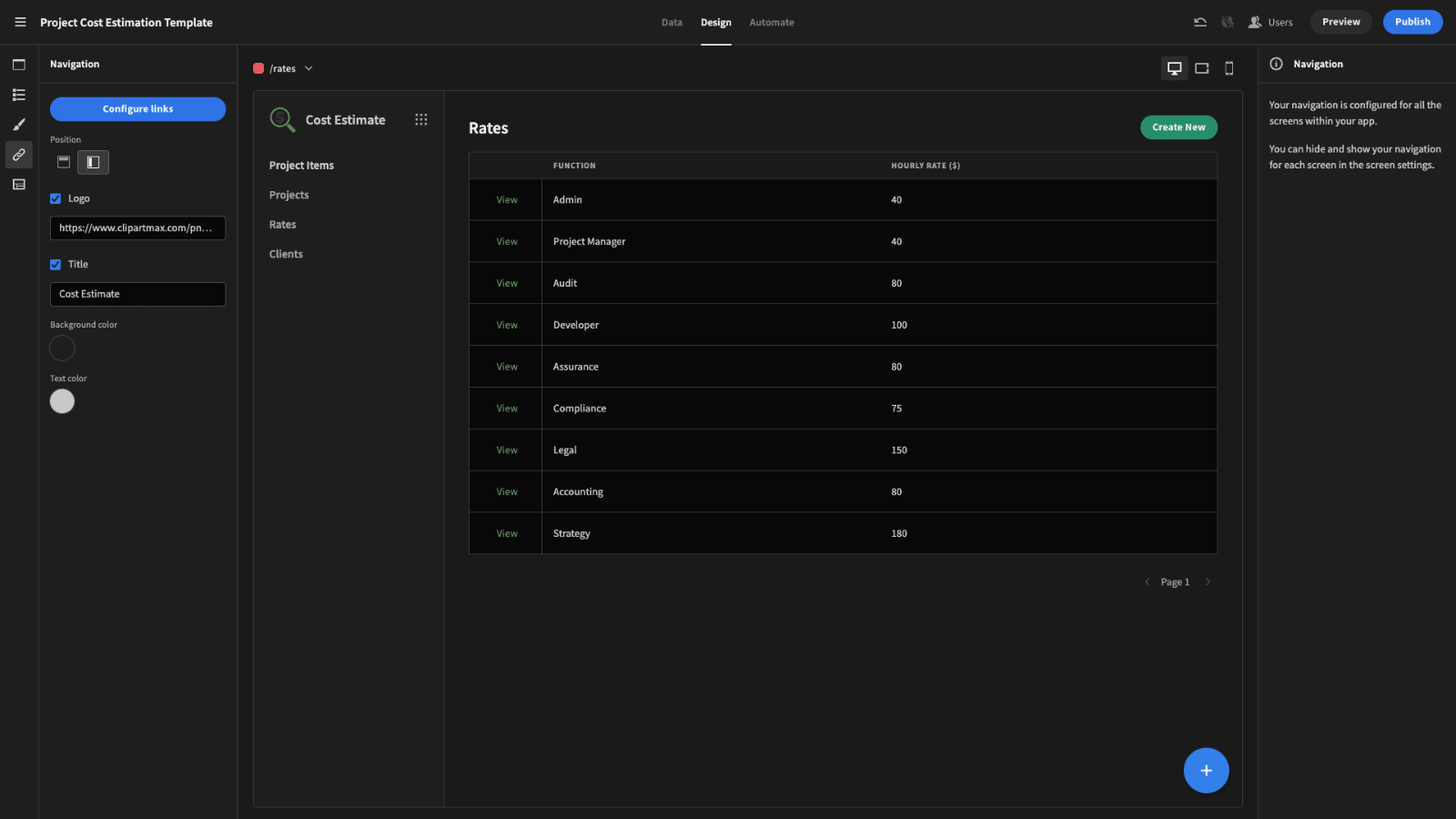
Manage internal processes with Budibase
Budibase is revolutionizing the way that busy teams build custom solutions for all sorts of internal processes. With our leading open-source, low-code platform, it’s never been easier to turn data into action.
Let’s check out what makes Budibase tick.
Our open-source, low-code platform
Budibase is the fast, easy way to ship professional web apps, with minimal custom code. Our design ethos is simplicity by default; extensibility when you need it.
Take a look at our features overview to learn more about how this translates into unbeatable developer experiences.
External data support
We’re proud to lead the pack for external data support. Budibase offers dedicated connectors for SQL, Postgres, S3, Airtable, Mongo, Couch, Arango, Oracle, Google Sheets, REST, and more.
We’ve also go our own built-in database with full support for CSV uploads. It’s never been easier to build custom solutions to replace unwieldy spreadsheets.
Self-hosting and cloud deployments
Self-hosted Budibase solutions are perfect for security-first organizations. Deploy to your own infrastructure, using Kubernetes, Docker, Docker Compose, and more.
Or, choose Budibase Cloud and ship your apps at the press of a button. Take a look at our pricing page to learn more about both options.
Configurable RBAC
Budibase offers simple, yet highly effective role-based access control. Assign users to a defined role and grant them permissions at the level of apps, data sources, screens, queries, automations, or individual components.
We also offer free SSO. It’s never been easier to keep your data secure, without compromising on user experience.
Build your own automations
Build your own custom automation rules with minimal custom code. Use our flow-chart editor to combine, nest, and configure built-in automation blocks, in response to a wide range of triggers.
You can even connect to third-party tools with Zapier, Webhooks, and REST - to use external events as automation triggers and actions alike.
Custom plug-ins
Budibase leads the pack for extensibility. Use our dedicated CLI tools to build your own custom components and data sources, and ship them across all of your low-code apps.
Check out our plug-ins page to learn more.
50+ free application templates
Businesses all over the world use Budibase for countless different use cases. To give a flavor of what our platform is capable of, we’ve built more than 50 free, customizable app templates .
To start building custom web apps the fast, easy way, sign up to Budibase today for free.